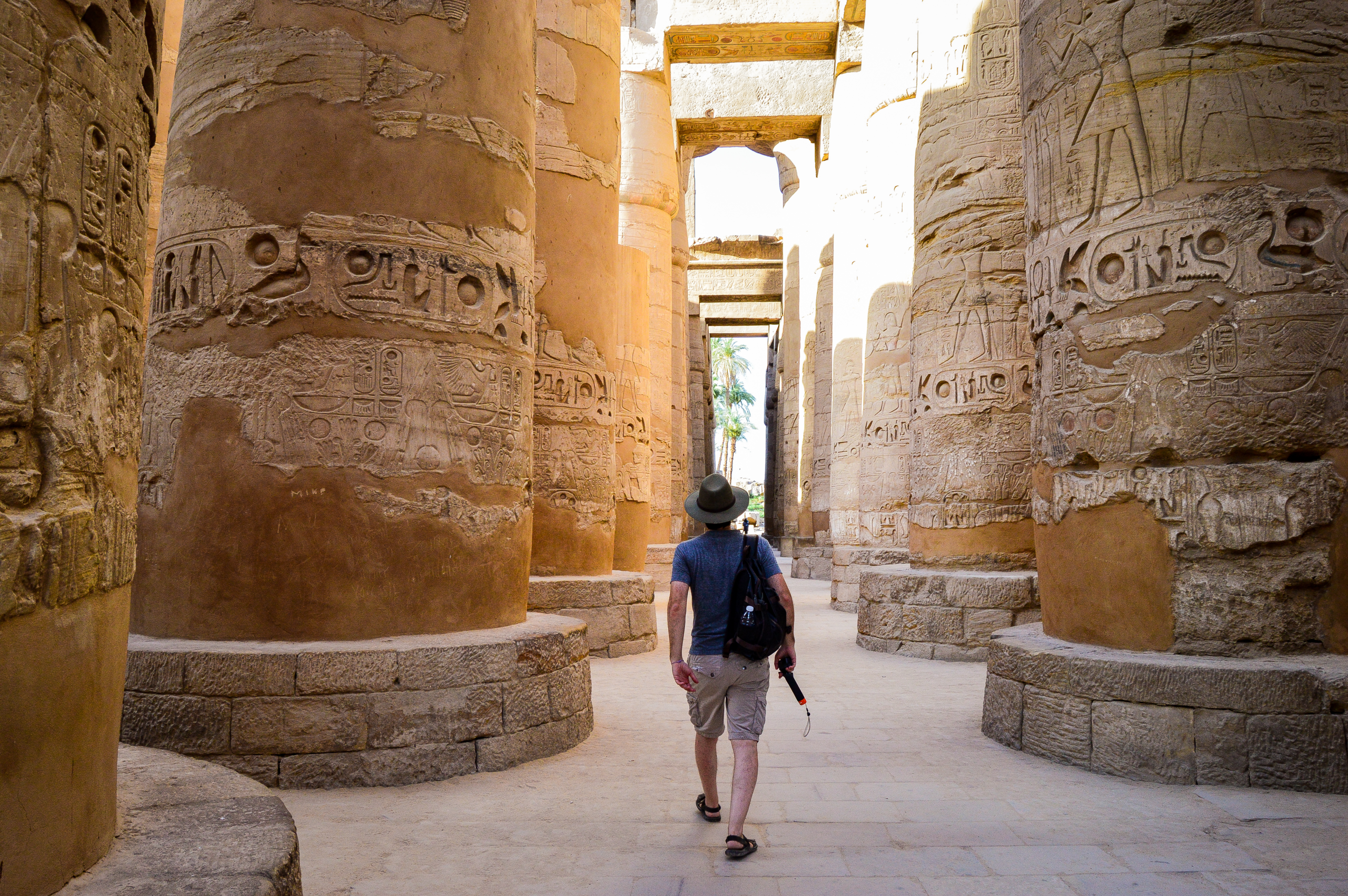Amazing Destinations to Discover in Egypt: Top Places You Can’t Miss
Amazing Destinations to Discover in Egypt
Why Egypt Should Be at the Top of Your Travel List
Egypt is a country rich in history, culture, and natural beauty. Have you ever dreamed of seeing the mighty pyramids rise against the backdrop of a desert sky? Or maybe you’ve imagined cruising down the Nile River, passing centuries-old temples that seem to tell tales from the past? Egypt offers all of that and so much more. With each city, each landscape, it’s easy to get lost in the magic of this ancient land. Whether you’re drawn to the grandeur of its monuments, the charm of its coastal resorts, or the allure of its vibrant culture, Egypt is a destination like no other. In this guide to the amazing destinations to discover in Egypt, you’ll find the best cities to visit in Egypt and learn about the wonderful places you can explore.
Best Cities to Visit in Egypt: Wonderful Destinations to Explore
Egypt is home to several iconic cities that blend the old and the new. These urban gems showcase the country’s fascinating history while offering plenty of modern conveniences, culture, and natural beauty.
1. Cairo: The Heart of Egypt’s Ancient and Modern Wonders
- Why Visit Cairo? As Egypt’s bustling capital, Cairo is a dynamic mix of ancient monuments and contemporary life. It’s where you can witness history at the Great Pyramids of Giza and experience the vibrant pulse of Egyptian culture in its markets, restaurants, and streets.
- Key Highlights:
- The Pyramids of Giza – One of the Seven Wonders of the Ancient World, these colossal structures never fail to impress.
- The Egyptian Museum – Home to the world’s most extensive collection of ancient Egyptian artifacts, including Tutankhamun’s treasures.
- Khan El Khalili Bazaar – A lively market perfect for shopping for souvenirs, spices, jewelry, and crafts.
2. Luxor: Egypt’s Open-Air Museum
- Why Visit Luxor? Often called the world’s greatest open-air museum, Luxor is a city of unparalleled archaeological significance. From the awe-inspiring Valley of the Kings to the towering Karnak Temple, Luxor is where Egypt’s ancient past comes alive.
- Key Highlights:
- Valley of the Kings – Explore the tombs of pharaohs, including that of Tutankhamun.
- Karnak Temple Complex – A vast temple complex dedicated to the gods, with towering obelisks and grand halls.
- Luxor Temple – A beautiful temple on the banks of the Nile, illuminated at night for an enchanting experience.
3. Aswan: A Tranquil Escape by the Nile
- Why Visit Aswan? If you’re looking for a more relaxed, serene destination in Egypt, Aswan is the place. With its laid-back atmosphere, picturesque views of the Nile River, and historic sites, Aswan provides a tranquil contrast to the hustle and bustle of larger cities.
- Key Highlights:
- Philae Temple – Dedicated to the goddess Isis, this temple is located on an island and is accessible by boat.
- Abu Simbel – A monumental complex built by Ramses II, famous for its giant statues carved into the mountainside.
- Nubian Village – A colorful, vibrant village that gives you a glimpse of traditional Nubian culture.
4. Alexandria: A Mediterranean Blend of History and Relaxation
- Why Visit Alexandria? As Egypt’s second-largest city, Alexandria offers a unique blend of Mediterranean charm, rich history, and a relaxed vibe. Known for its historical significance as a center of learning, it’s a perfect place to unwind and explore.
- Key Highlights:
- The Alexandria Library – A modern architectural marvel and a tribute to the ancient Library of Alexandria, once the world’s largest library.
- The Citadel of Qaitbay – A fortress on the Mediterranean coast with stunning views.
- Montaza Palace Gardens – A royal palace surrounded by lush gardens, ideal for peaceful strolls.
5. Sharm El Sheikh: The Red Sea Paradise
- Why Visit Sharm El Sheikh? Located on the Sinai Peninsula, Sharm El Sheikh is Egypt’s premier beach resort. With its crystal-clear waters, vibrant coral reefs, and top-notch resorts, it’s the ideal destination for beach lovers and diving enthusiasts.
- Key Highlights:
- Ras Mohammed National Park – Famous for its incredible diving spots and rich marine life.
- Naama Bay – A lively area with shops, restaurants, and nightclubs by the beach.
- St. Catherine’s Monastery – A UNESCO World Heritage site at the foot of Mount Sinai, where Moses is believed to have received the Ten Commandments.
Exploring Egypt’s Iconic Landmarks: Don’t Miss These Must-See Attractions
Beyond the cities, Egypt is home to many world-famous landmarks and natural wonders that are worth exploring. Let’s take a closer look at some of the most iconic places to visit in Egypt.
6. The Great Pyramid of Giza: A Timeless Wonder
- Why Visit? The Great Pyramid, also known as the Pyramid of Khufu, is a true marvel of ancient engineering. Standing tall for over 4,000 years, it’s one of the last remaining wonders of the ancient world.
- Key Highlights:
- The Sphinx – A colossal limestone statue with the body of a lion and the head of a pharaoh.
- Camel Rides – Take a camel ride around the pyramids for a unique and unforgettable view.
7. The Nile River: Egypt’s Lifeblood
- Why Visit? The Nile is more than just a river; it’s the heartbeat of Egypt. Taking a cruise on the Nile is one of the best ways to see the country’s ancient sites while enjoying the beauty of the river’s banks.
- Key Highlights:
- Nile River Cruise – A luxurious way to travel from Luxor to Aswan, with stops at famous temples and tombs.
- Felucca Ride – Experience the Nile from a traditional wooden sailboat for a more intimate experience.
8. Siwa Oasis: A Hidden Gem in the Desert
- Why Visit Siwa Oasis? Located in the Western Desert, Siwa Oasis is a peaceful retreat that’s still relatively unknown to many travelers. It’s a place where you can unwind, enjoy natural springs, and explore ancient ruins.
- Key Highlights:
- Temple of the Oracle – The site where Alexander the Great was confirmed as the son of Zeus.
- Cleopatra’s Pool – A natural spring believed to have been used by Cleopatra herself.
- Siwa Salt Lakes – Swim in the therapeutic salt lakes and enjoy the scenic desert views.
Conclusion: Your Egyptian Adventure Awaits
From the awe-inspiring pyramids of Giza to the tranquil beaches of Sharm El Sheikh, Egypt is a country that promises unforgettable experiences. Whether you’re exploring ancient temples, cruising the Nile, or soaking up the sun by the Red Sea, there’s a destination in Egypt for every kind of traveler. So, what are you waiting for? Pack your bags and get ready to explore these amazing destinations to discover in Egypt.
FAQ: Your Questions About the Best Places to Visit in Egypt
Q: Amazing Destinations to Discover in Egypt ?
Q: What are the top places to visit in Egypt?
A: The must-visit places in Egypt include Cairo (home to the pyramids), Luxor (with its ancient temples and tombs), Aswan (a peaceful riverside town), Alexandria (a historic Mediterranean city), and Sharm El Sheikh (a coastal paradise for divers).
Q: When is the best time to visit Egypt?
A: The best time to visit Egypt is between October and April, when the weather is cooler and more comfortable for sightseeing.
Q: What should I pack for a trip to Egypt?
A: Be sure to pack lightweight, breathable clothing, sunscreen, a wide-brimmed hat, and comfortable walking shoes. If visiting religious sites, be sure to dress modestly.

